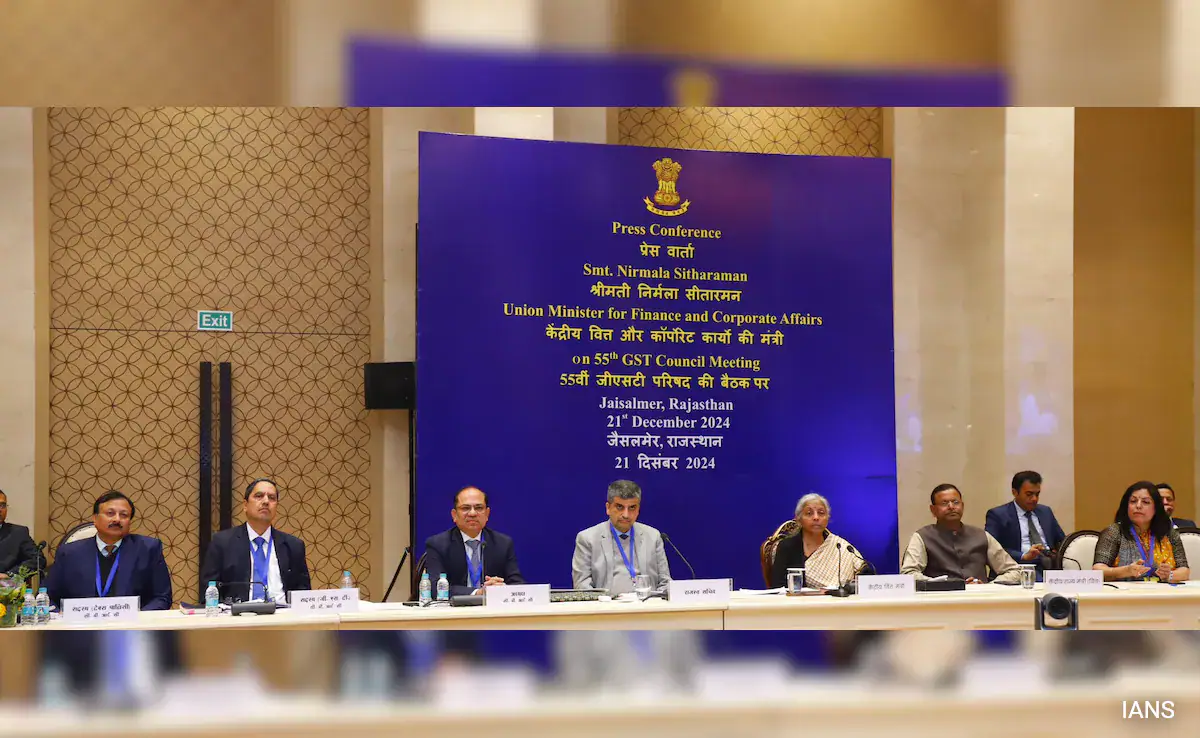The 56th GST Council meeting has brought one of the biggest overhauls in India’s tax structure since the introduction of GST. With an aim to simplify the slabs, reduce the burden on essential goods, and discourage luxury and harmful consumption, the council has restructured rates into four broad categories – 0%, 5%, 18%, and a new 40% slab. These changes will come into effect from September 22, 2025, just in time for the Navratri festive season.
Let’s break down the major winners and losers of this tax reform.
✅ What Gets Cheaper
1. Essential Food Items (0% GST)
Daily-use essentials have been exempted from GST, making them significantly cheaper. This includes:
- Paneer (pre-packaged and labelled)
- UHT milk
- Plain roti, chapati, paratha
- Pizza bread and khakra
This move is expected to bring relief to households across the country.
2. Everyday Items (5% GST)
Many commonly used products will now attract just 5% GST. Examples include:
- Dairy & Food Products: Butter, ghee, biscuits, dry nuts, confectionery, fruit juices, tender coconut water, namkeen.
- Personal Care: Shampoo, soap, toothpaste, toothbrush, shaving cream, hair oil.
- Household & Education: Utensils, sewing machines, feeding bottles, notebooks, maps.
- Medical Items: Life-saving drugs, diagnostic kits, glucometers, spectacles.
- Insurance: Individual life and health insurance premiums are now GST-free.
This restructuring reduces the cost of living and healthcare for the average Indian family.
3. Aspirational Goods & Services (18% GST)
The mid-tier 18% slab has been expanded to include aspirational but widely used products:
- Electronics: TVs, dishwashers, projectors, monitors, air conditioners.
- Automobiles: Small cars, two-wheelers up to 350 cc, ambulances, larger buses, goods vehicles.
- Construction & Infrastructure: Cement, auto parts.
- Hospitality & Travel: Hotel rooms priced up to ₹7,500, economy flight tickets.
- Wellness & Lifestyle: Salons, gyms, yoga services, health clubs.
This ensures affordability while maintaining tax revenue from high-consumption sectors.
❌ What Gets Costlier
1. Introduction of 40% “Sin & Luxury” Slab
A brand-new 40% GST rate has been introduced, targeting sin and luxury goods. Items under this slab include:
- Tobacco Products: Cigarettes, gutkha, pan masala, bidi, chewing tobacco, zarda.
- Sugary & Aerated Beverages: Soft drinks, energy drinks, carbonated beverages.
- Luxury Vehicles: High-end SUVs, luxury sedans, yachts, private aircraft.
- Leisure & Gambling: Casino services, horse racing, lotteries, premium sporting event tickets (such as high-priced IPL passes).
This move not only discourages harmful consumption but also ensures higher revenue from luxury spending.
2. Tobacco Price Hike
Tobacco products are expected to become 5–6% more expensive as they shift into the new slab. However, their current cess structure will continue until the compensation debt is settled, after which the 40% slab will fully apply.
📊 GST Restructure at a Glance
| Category | GST Rate | Examples |
|---|---|---|
| Essentials | 0% | Paneer, UHT milk, roti/paratha, khakra |
| Everyday Items | 5% | Butter, shampoo, biscuits, life-saving drugs, insurance |
| Aspirational Goods | 18% | TVs, ACs, cement, small cars, gyms, hotels, economy flights |
| Sin & Luxury Goods | 40% | Cigarettes, pan masala, sugary drinks, luxury cars, casinos |
🎉 What This Means for You
- Households: Daily grocery, dairy, and personal care will be cheaper.
- Students & Families: Education and medical essentials see big relief.
- Middle Class: Electronics, cars, and lifestyle services become more affordable.
- Luxury Spenders: Cigarettes, SUVs, sugary drinks, and casino tickets will pinch harder.
✨ Conclusion
The GST Council’s 2025 revamp marks a consumer-friendly, festive-season push to ease inflationary pressure while simultaneously curbing harmful and extravagant consumption. With essentials going tax-free and luxury goods facing heavier levies, the new GST structure aims to strike a balance between affordability and responsible taxation.
